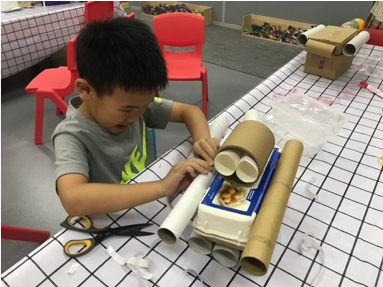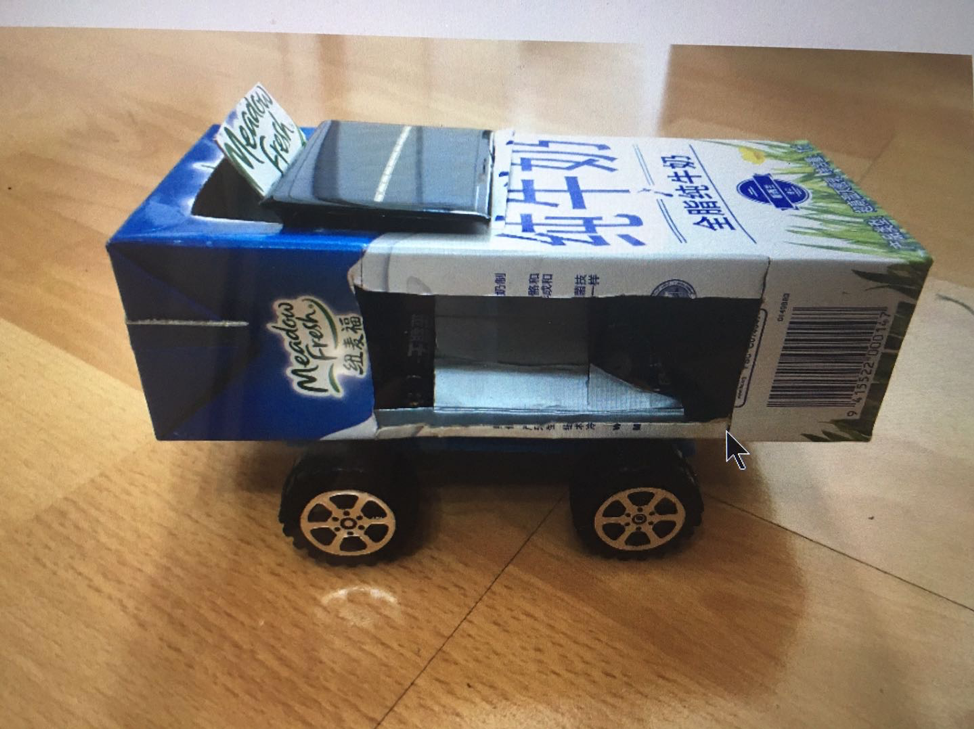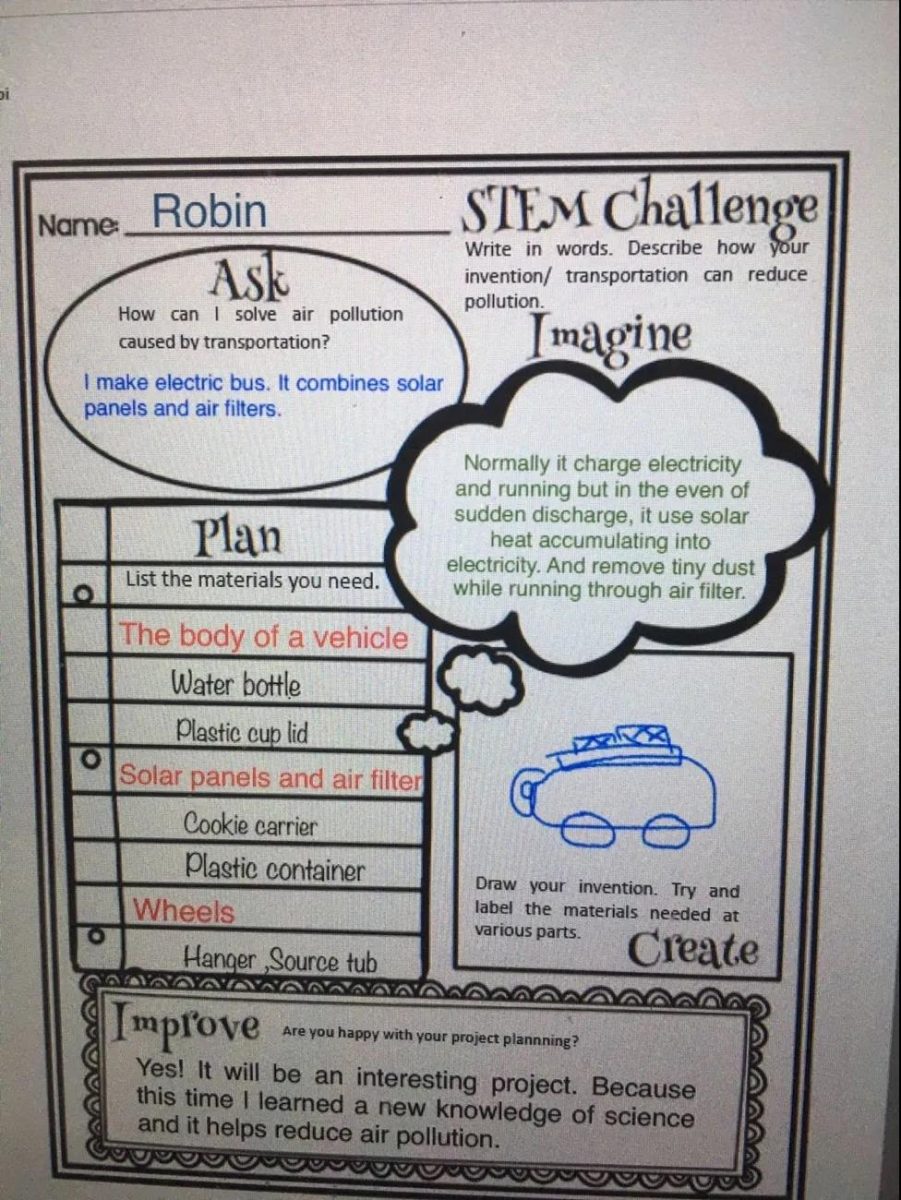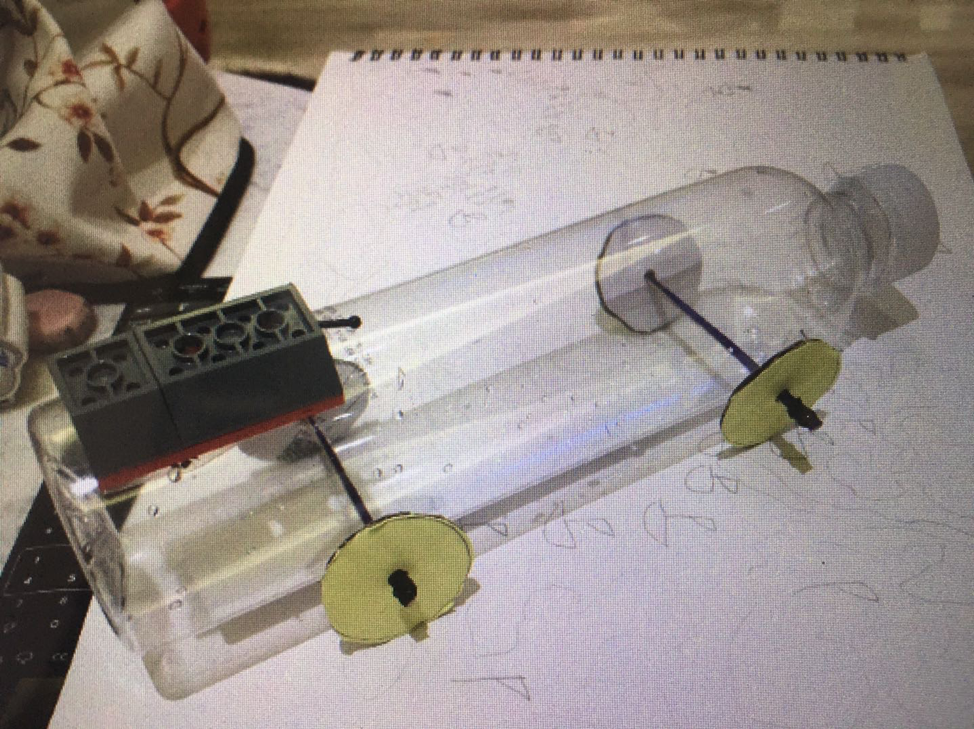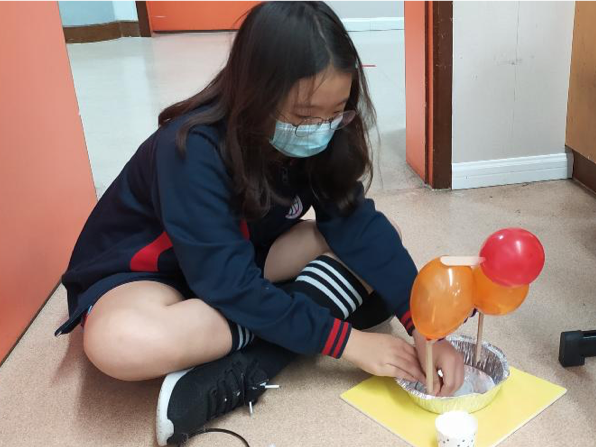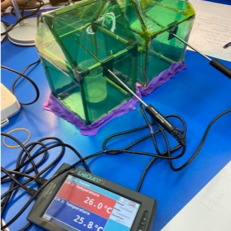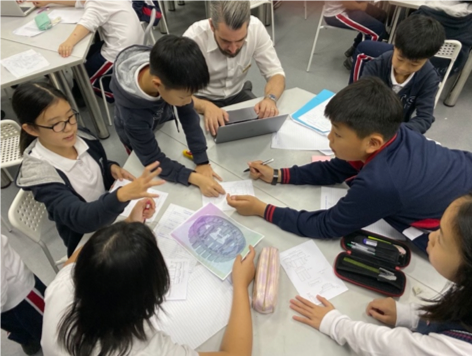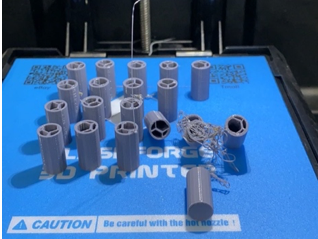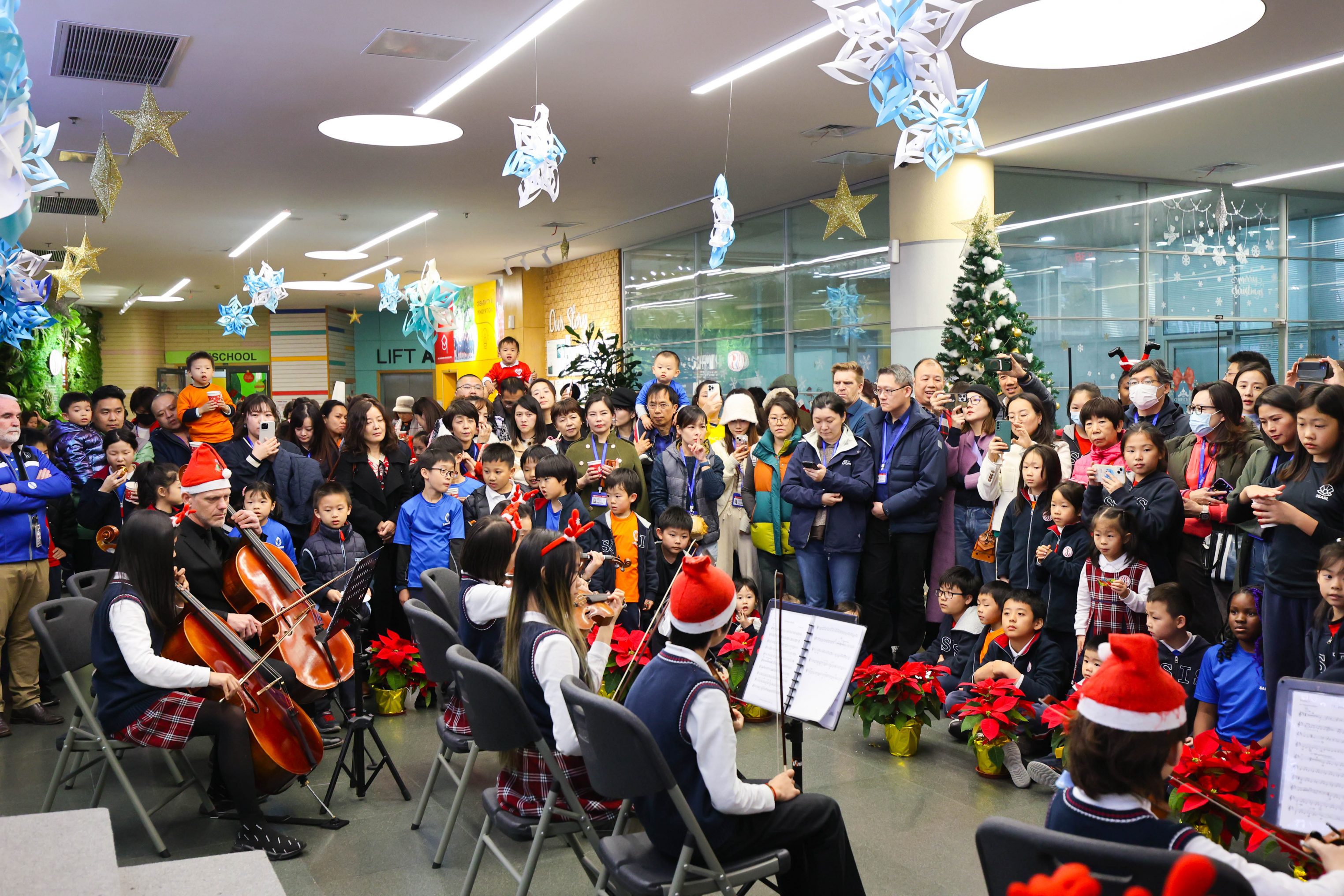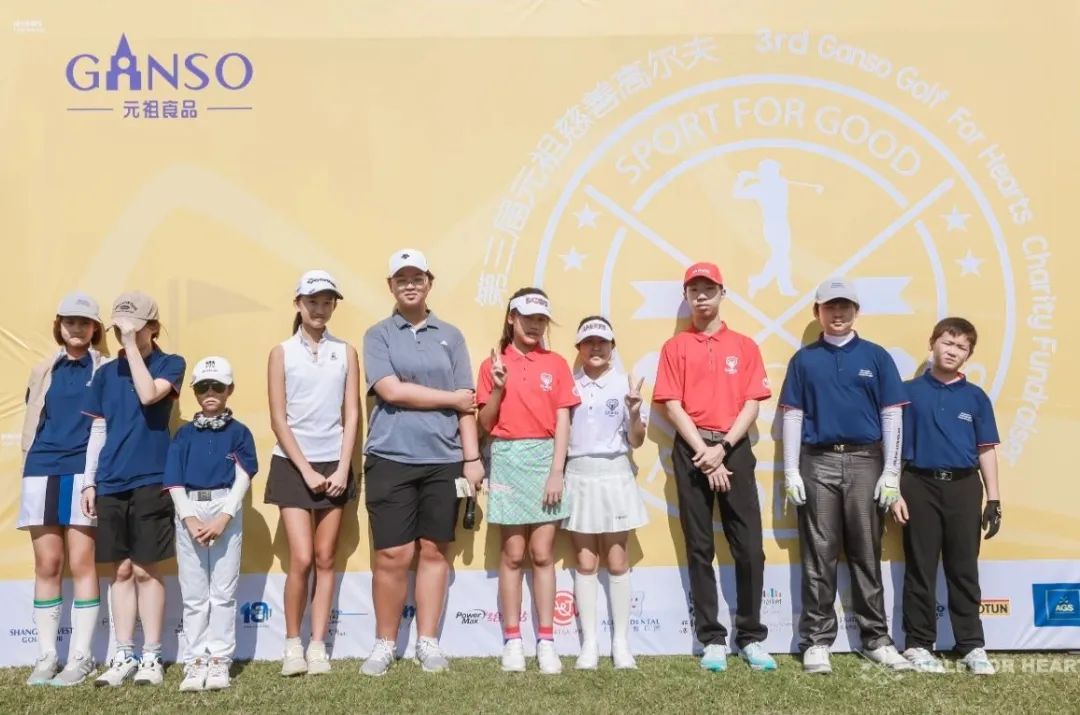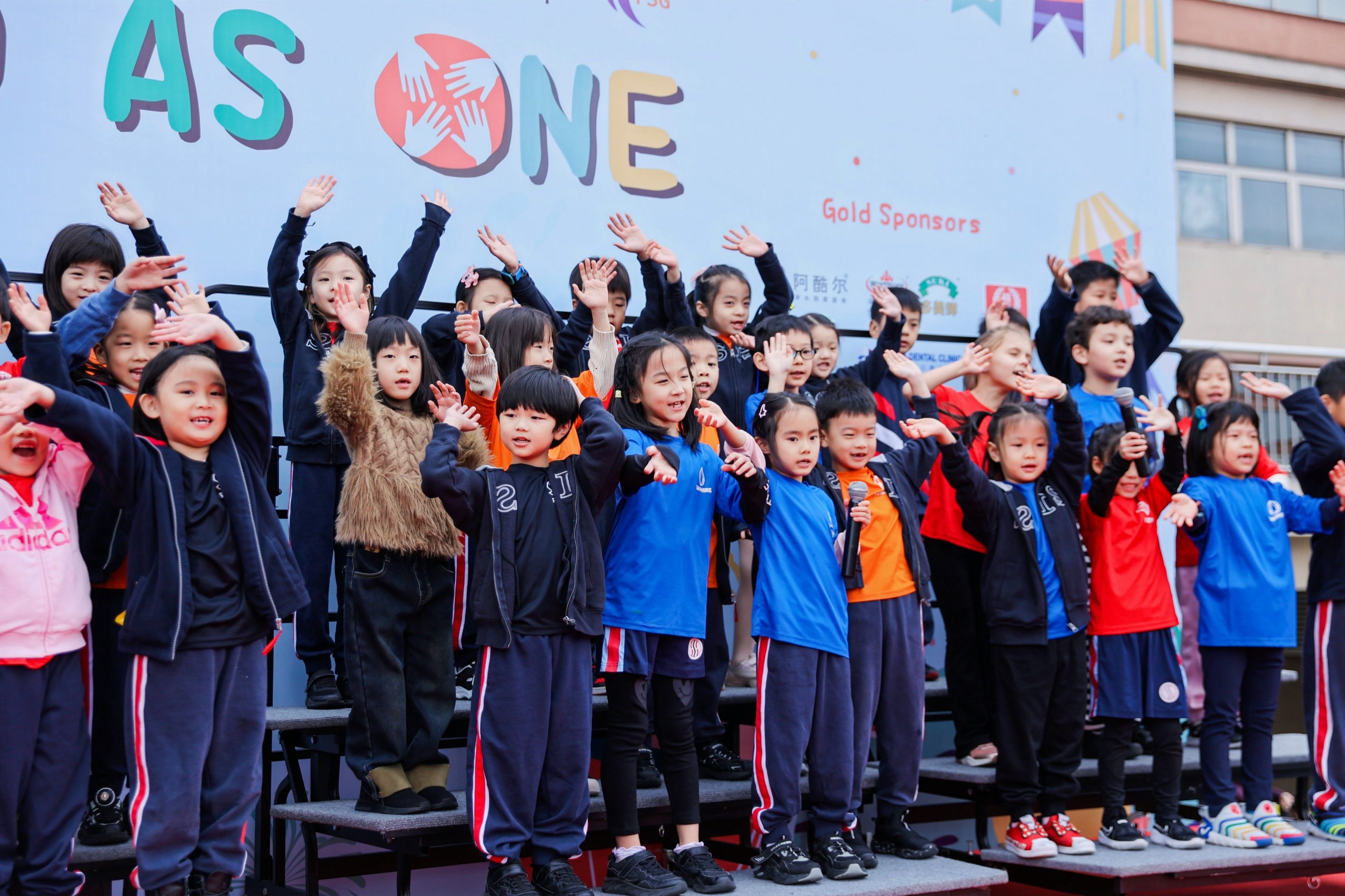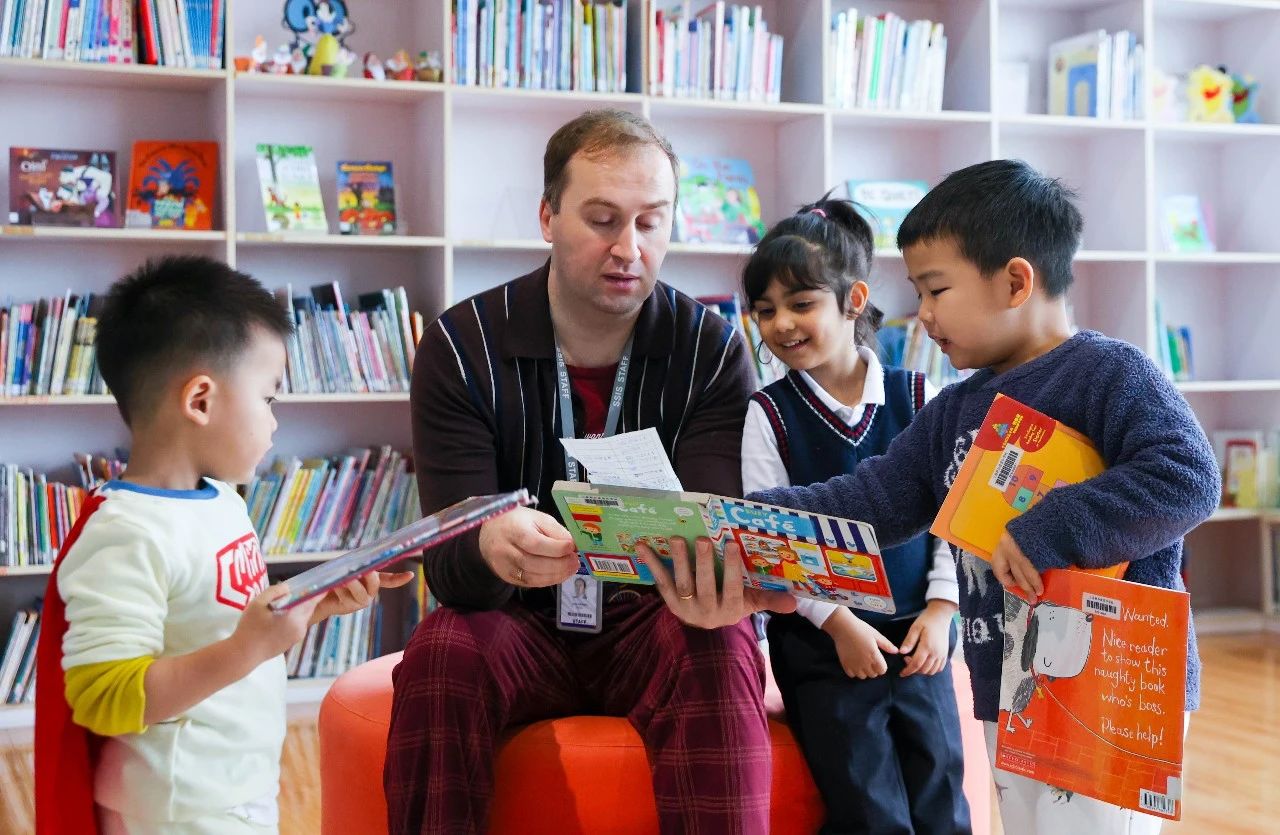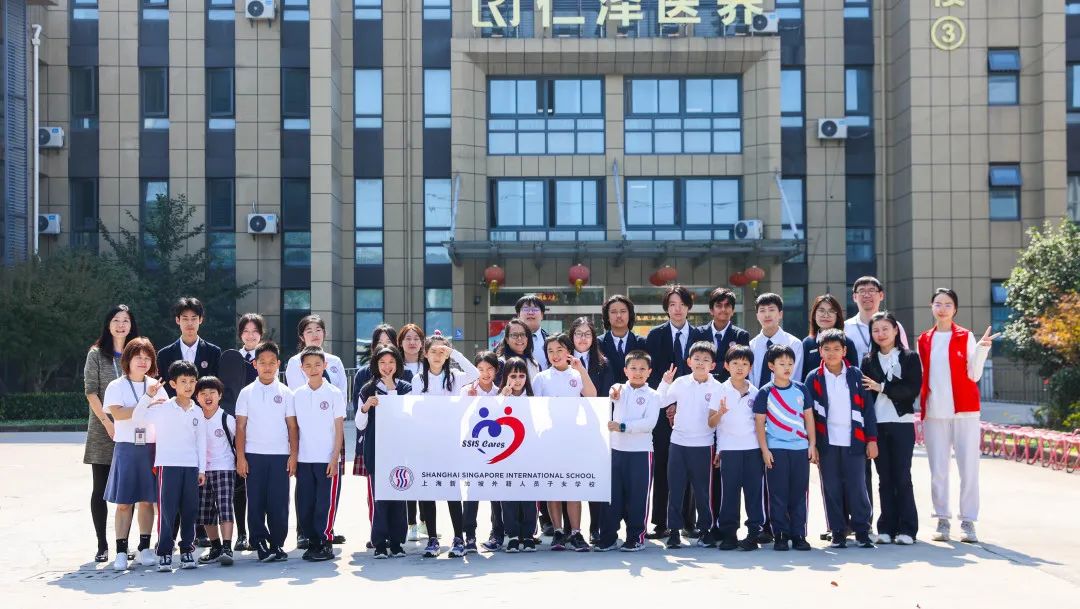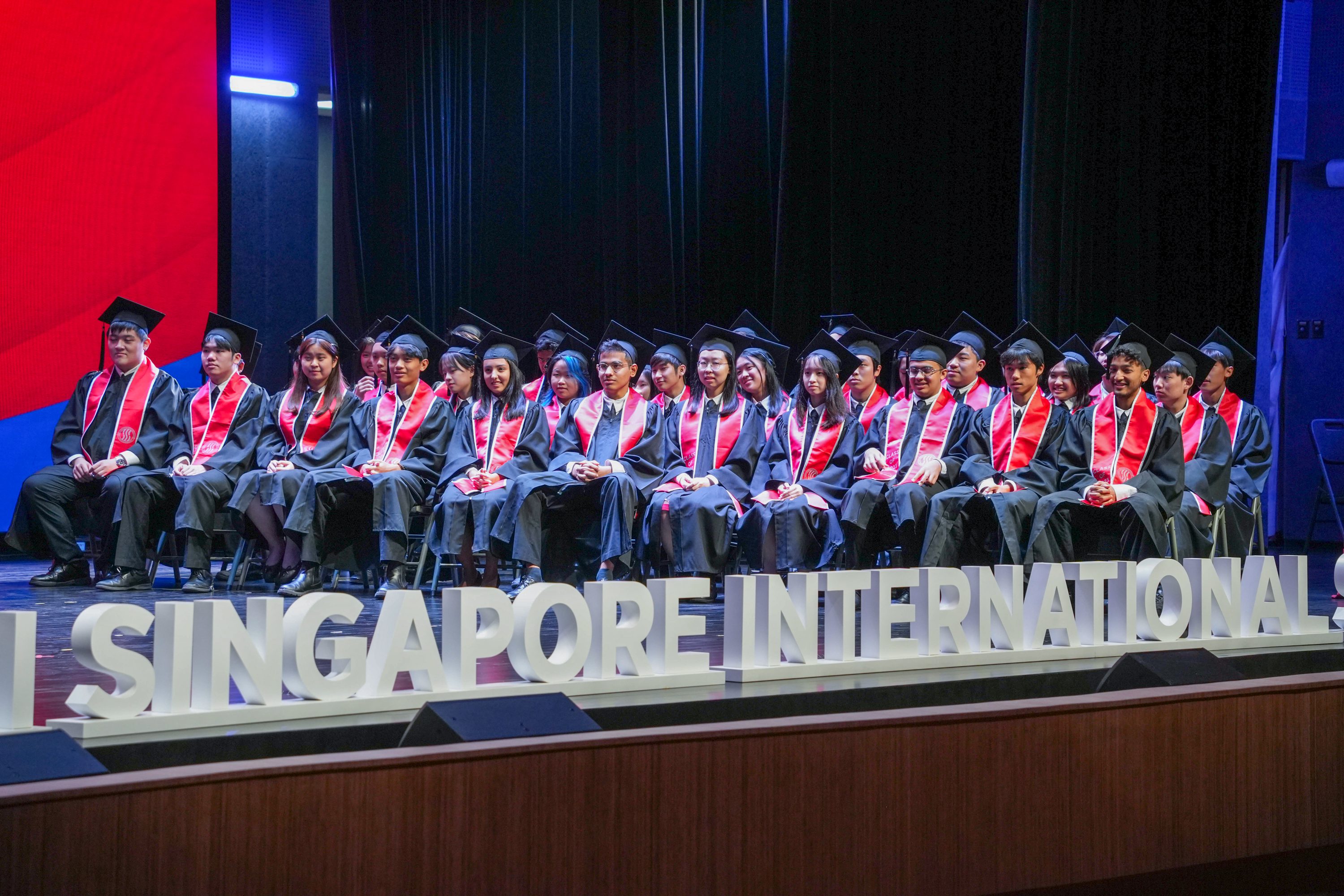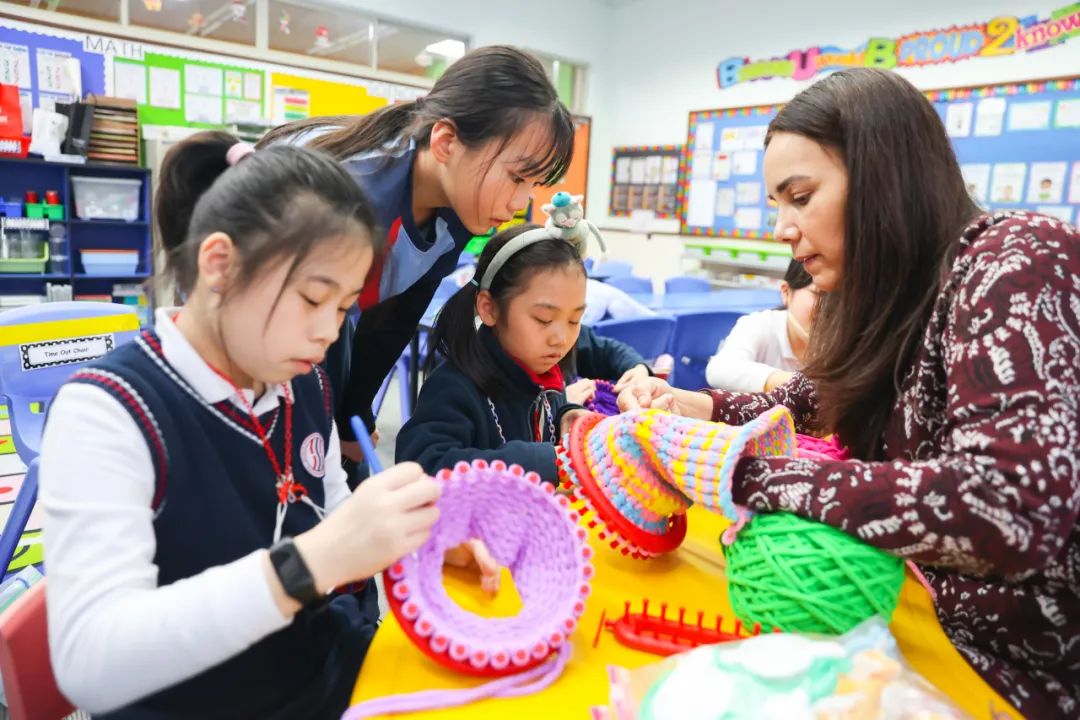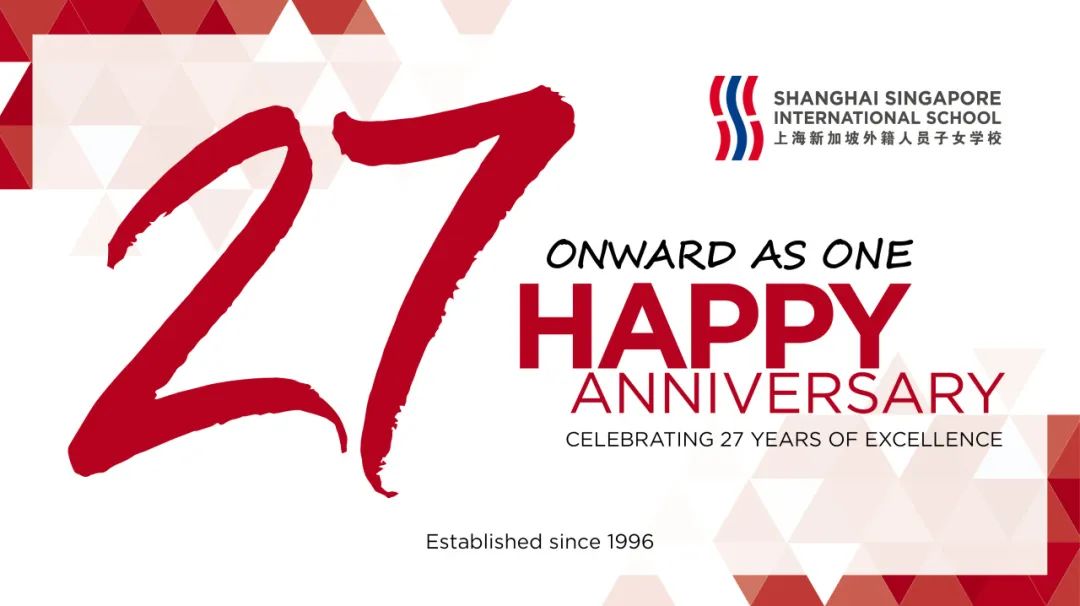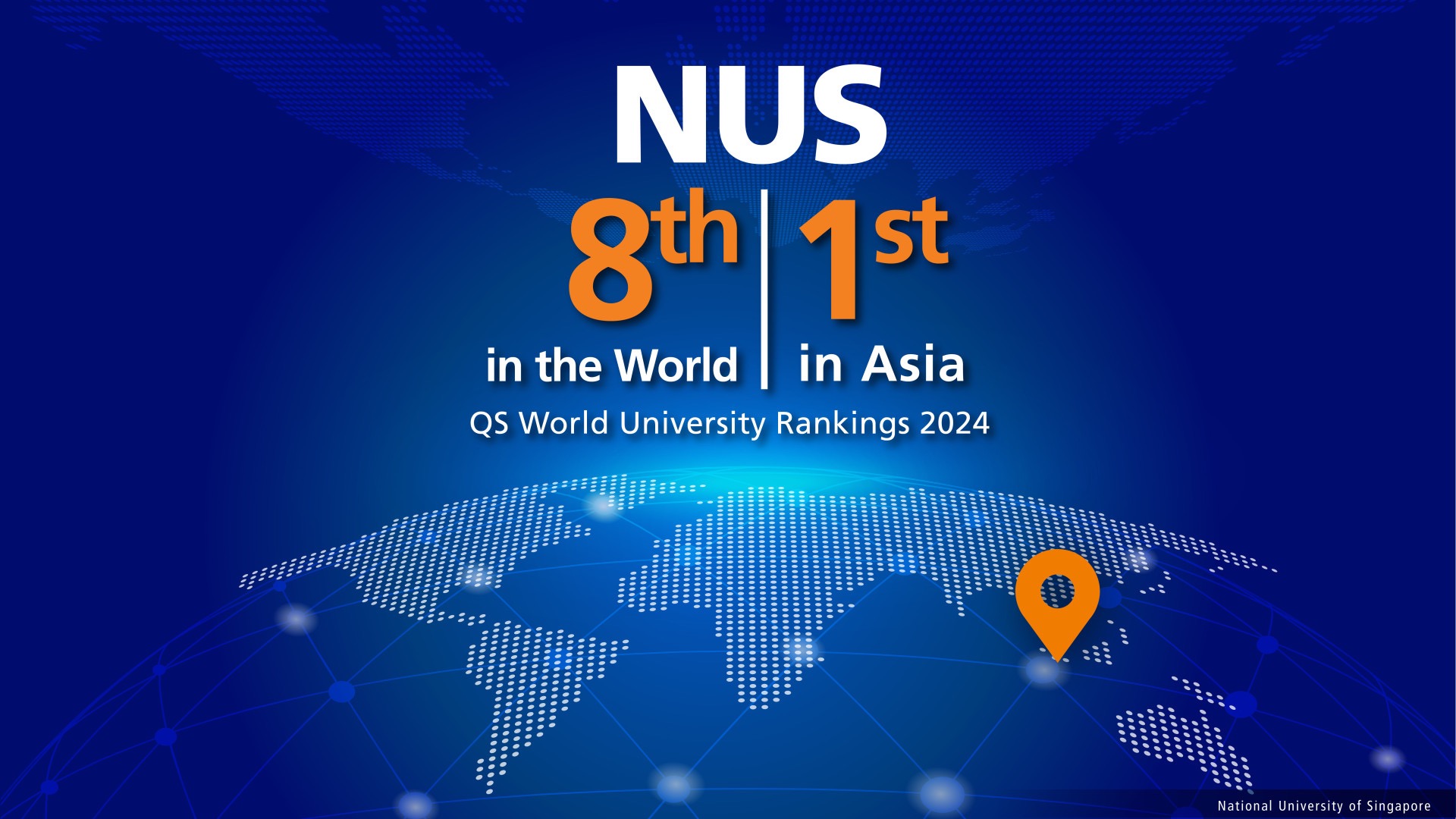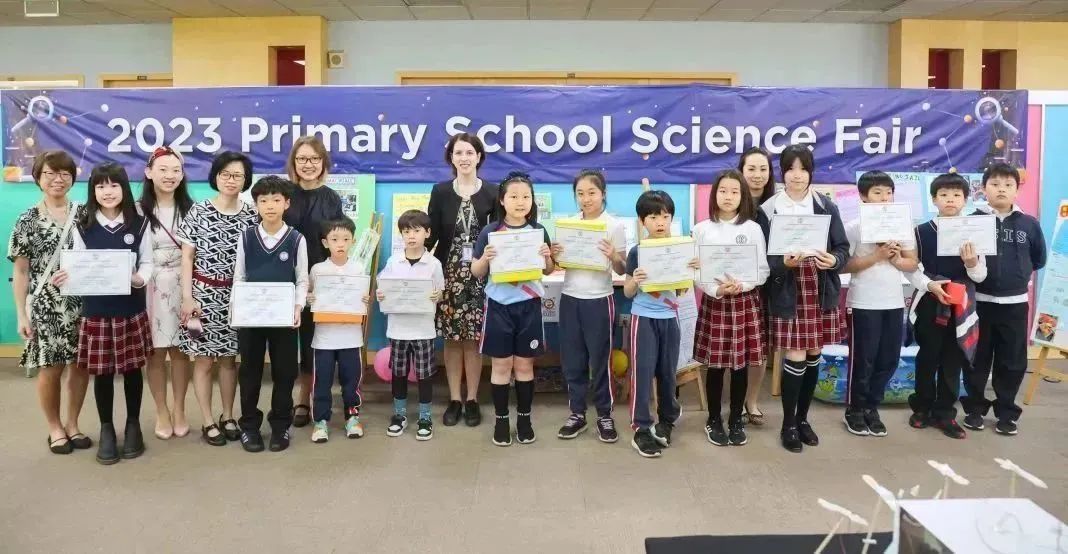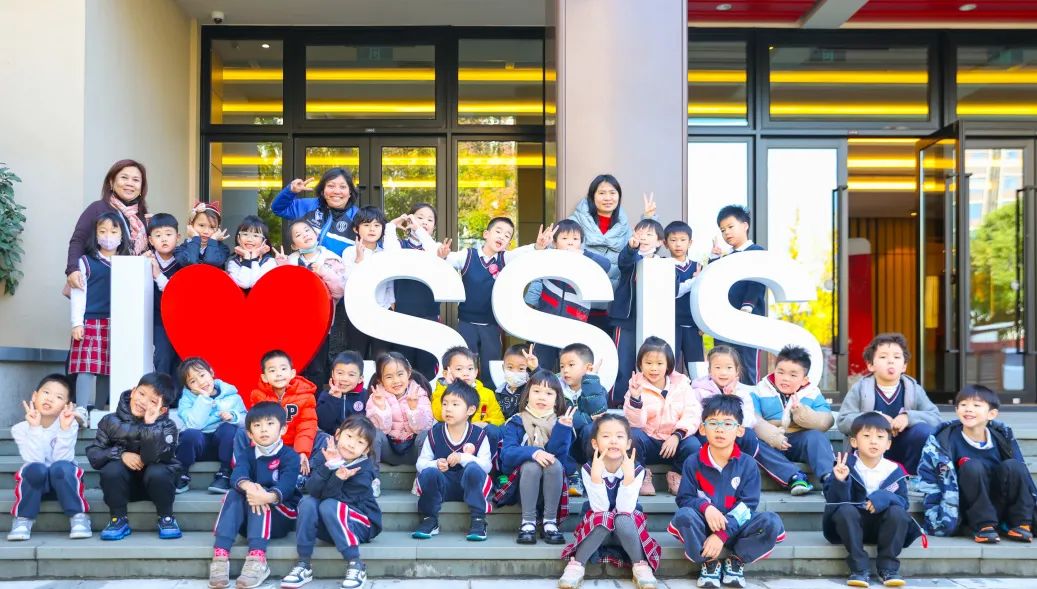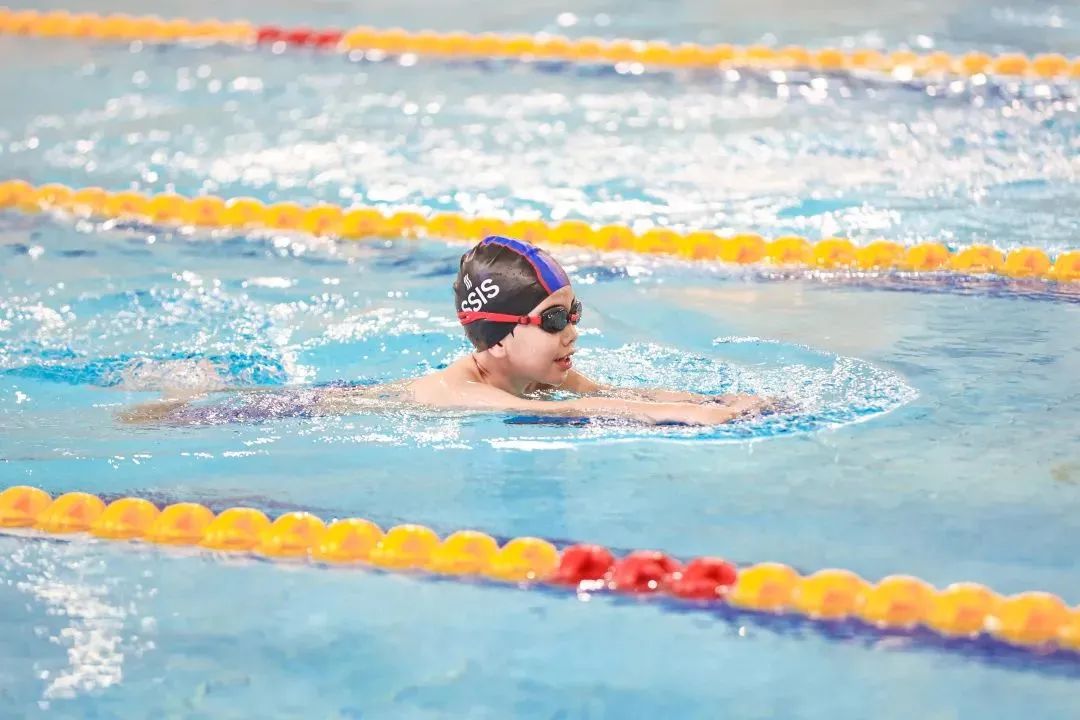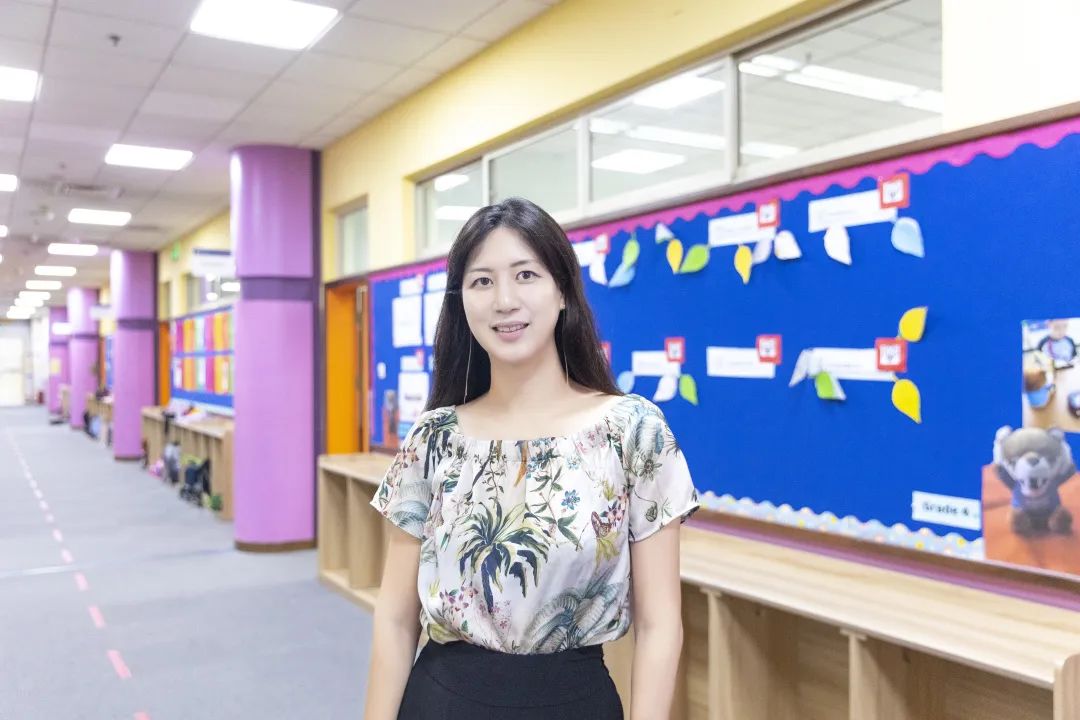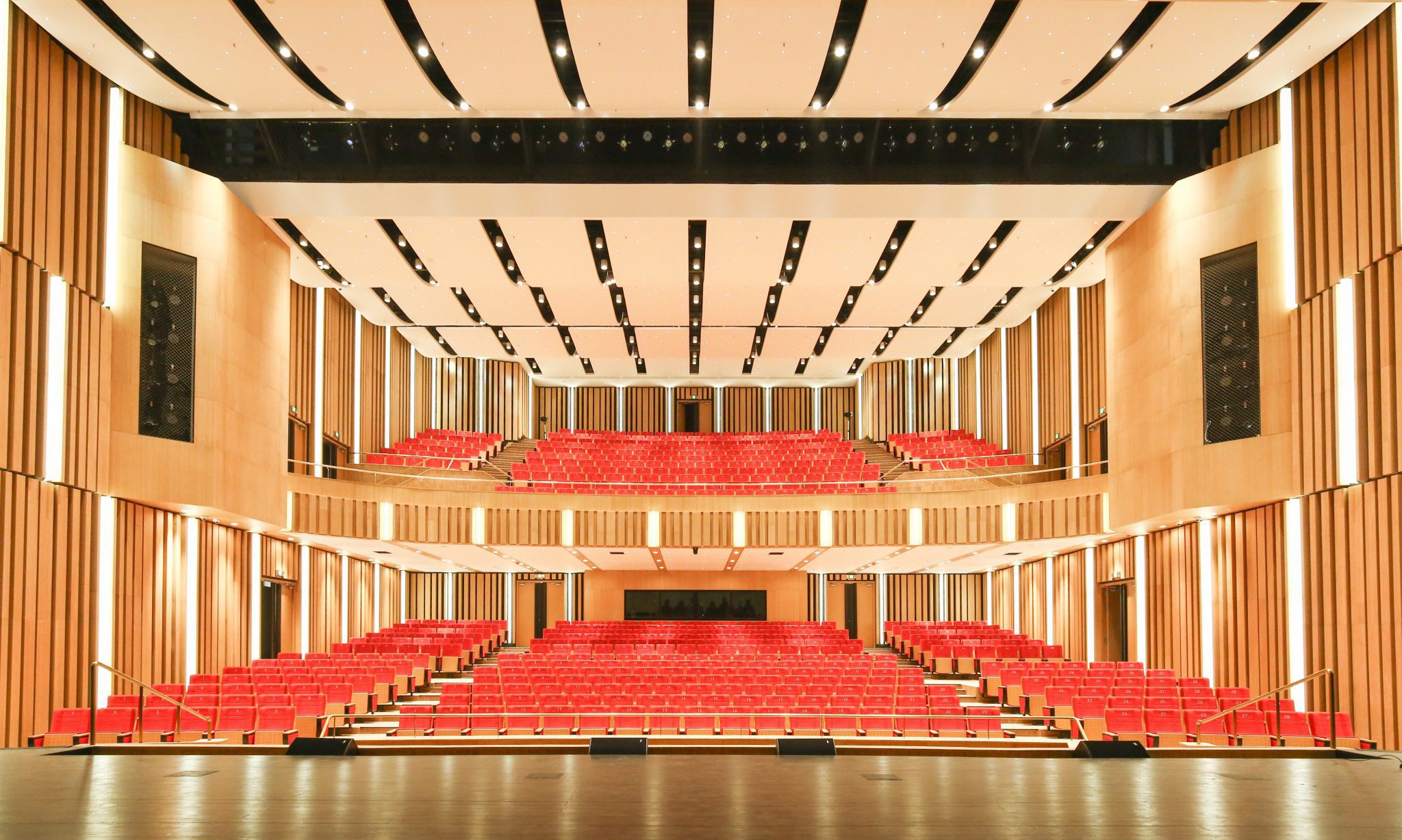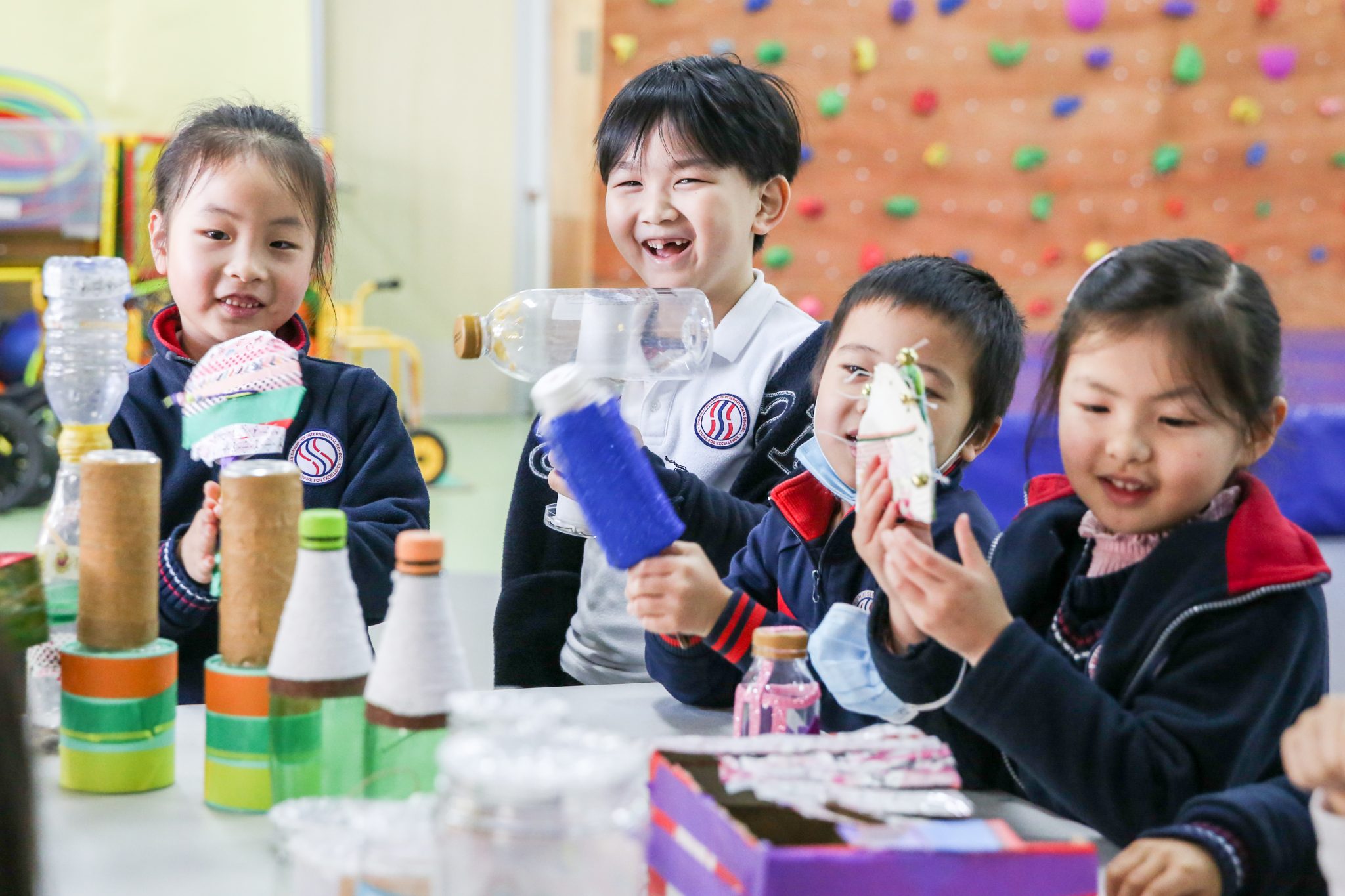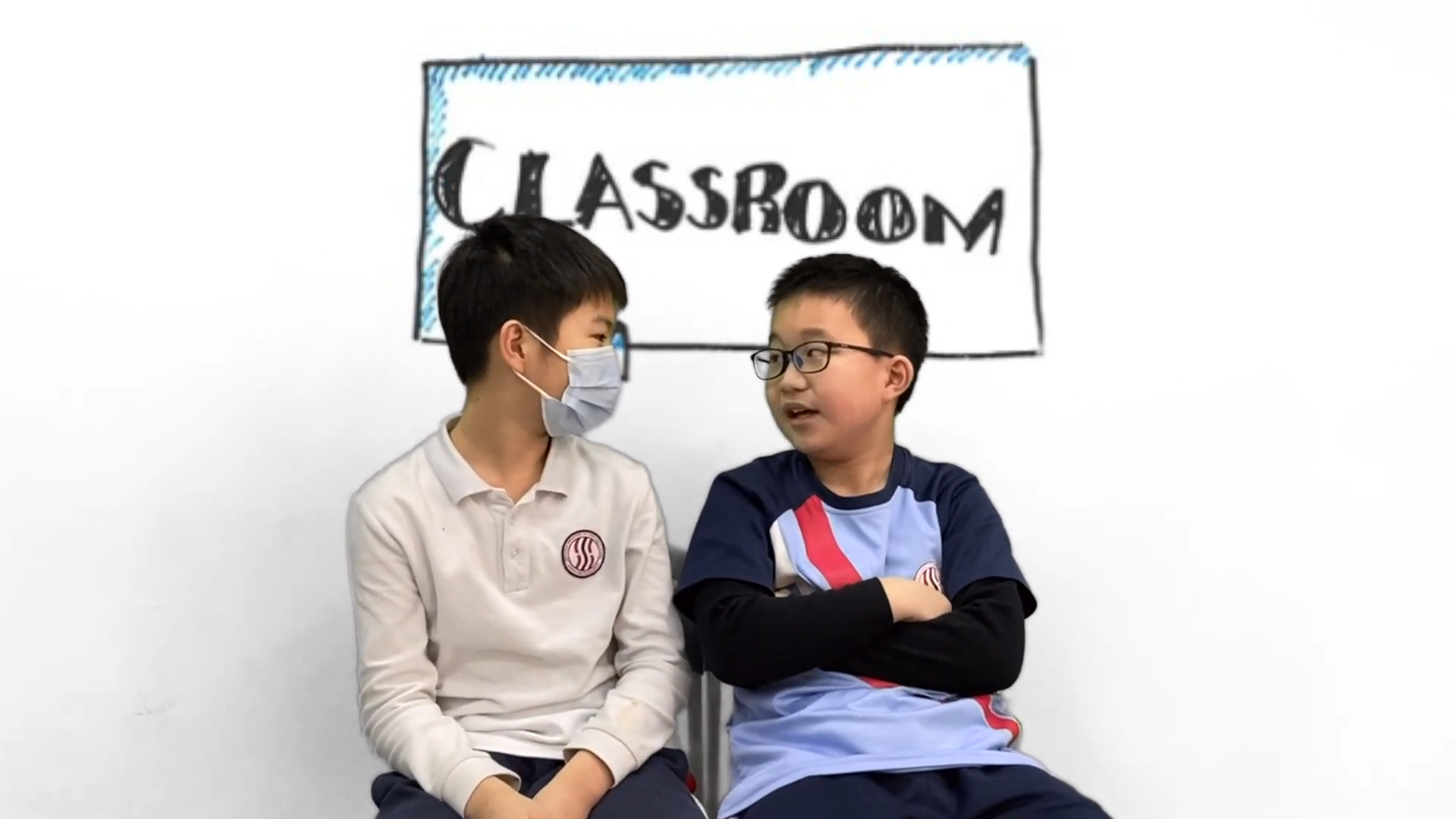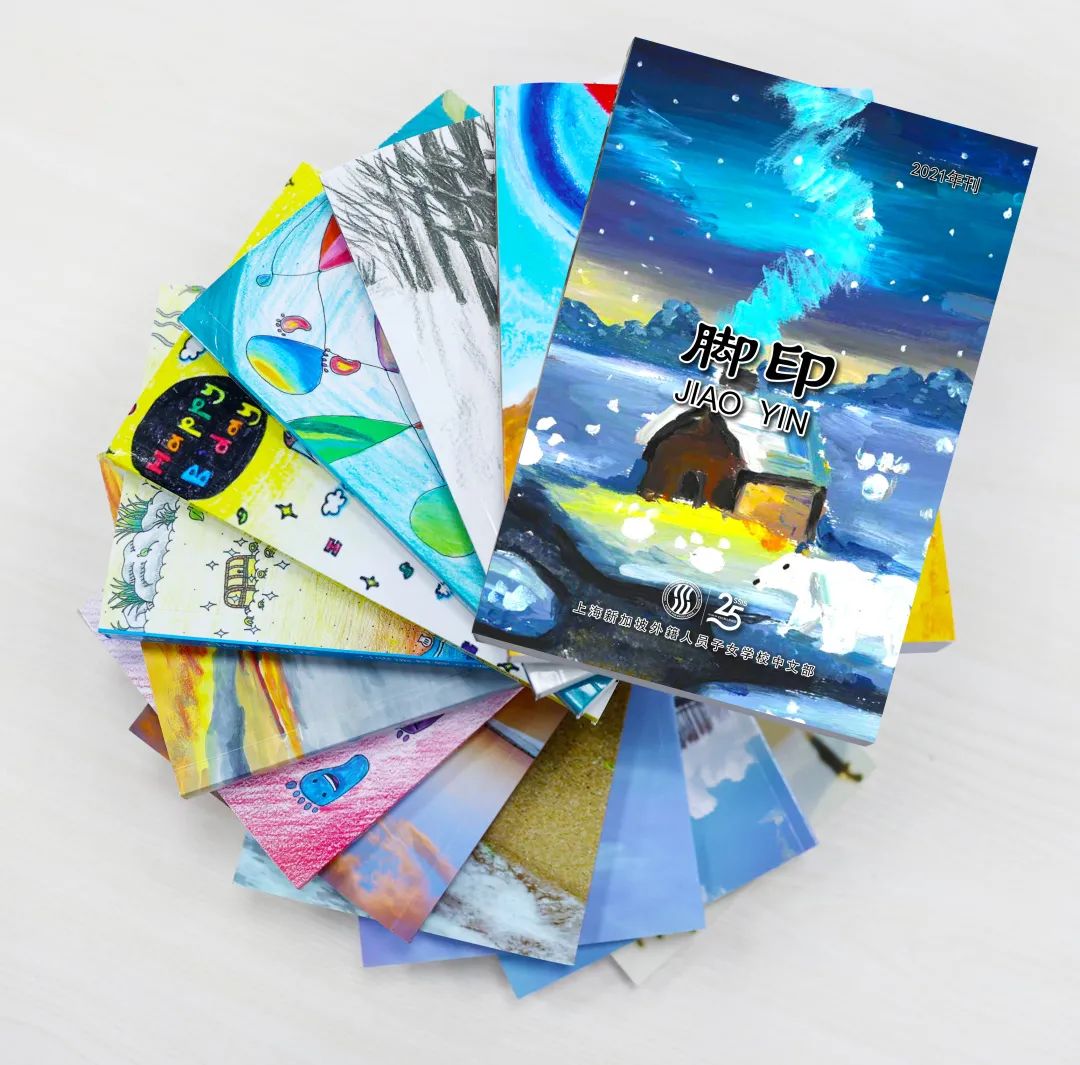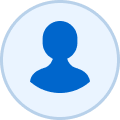The STEAM programme, integrated into the SSIS curriculum, provides students with a holistic approach to education, and prepares them to be problem solvers and critical thinkers. Each discipline of STEAM enables students to grow and navigate everyday challenges.
Let’s recap some of the STEAM project highlights for this school year:
Grade 1
‘Budding Engineers’
Our first graders worked on their design thinking and engineering skills by creating different modes of transportation using recyclable materials. Their theme ‘Wheels, Wings and Other Things’ inspired them to build models of their dream playgrounds. It was a fantastic demonstration of STEAM integration in their English lesson!
Grade 2
‘Clean Transportation’
During e-learning, Grade 2 students learnt about the history of transportation and were able to identify the different modes of transportation around the world. They were then challenged to think about the future of transportation, and how they—if given the opportunity—could prevent pollution by designing a model of a ‘clean transportation’ using recycled materials. Judge for yourself here, our little engineers might be on to something brilliant here!
Grade 3
‘Beat the Flood’
Climate change is a pressing concern and a valid topic to engage the students with. Grade 3 students learnt that flooding due to climate change can have a devastating effect on people’s lives. Their challenge was set on the fictitious island of Watu, where pupils explored how STEAM skills can be used to help communities be better prepared for flooding.
In the project, students designed an automatic floodgate using LEGO Education WeDo 2.0. During the Create phase, the students collaborated and worked well as a team. They used the information collected during their Explore phase to try to find success with their projects.
Grade 4
‘Floating Garden’
Grade 4 students were given the task of creating a ‘Floating Garden’. In this challenge, students needed to design and build a structure that would enable farmers to continue to grow their crops even when the land was flooded.
Through this project, they learnt about climate change, building materials and concepts like buoyancy. They used many recycled materials and created exciting designs for their floating garden.
They tested their floating gardens in the school pond, and many succeeded in the challenge. The students enjoyed themselves immensely while gaining valuable knowledge.
Grade 5
‘Stop the Spread’
This e-learning challenge highlighted the global issue of infectious diseases. Fifth grade students were tasked to design, build and test a model of a hand washing device to emphasise the importance of washing hands in disease prevention. From their prototype sketching to their actual models, this endeavour demonstrated an inherent capacity to learn even while they were at home.
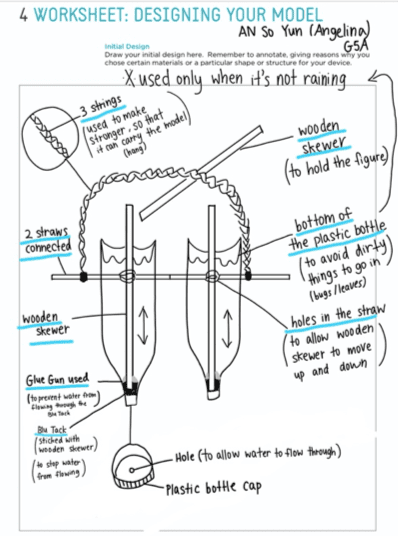
‘Roto-Copter Design’
Here our students had to identify design aspects of their paper Roto-Copter for improvement. They also practised scientific procedures to determine how variables affected the speed and descent of a paper helicopter.
The real challenge of the project was to create a template that would simulate helicopters, and allow for variations in their designs to affect the time it would take for it to reach the ground. The project was a simple yet engaging activity which challenged our fifth graders’ design and critical thinking skills.
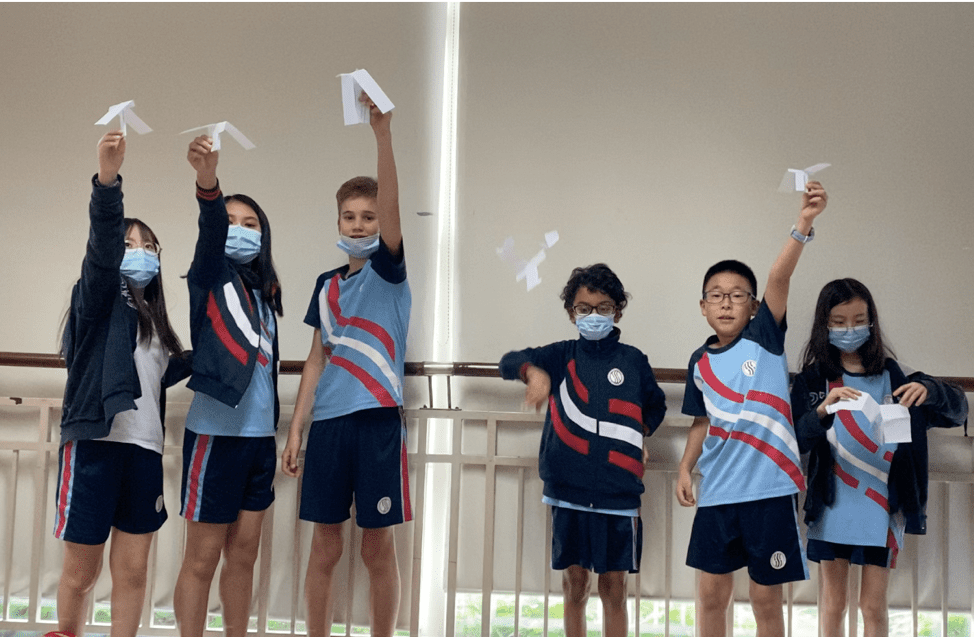
Grade 6
‘Green House Project’
Sixth grade students learnt about carbon dioxide and other greenhouse gases like water vapour, methane and nitrous oxide. They understood that, without any greenhouse gases, Earth would be an icy wasteland; the greenhouse effect made the planet habitable by trapping heat to sustain us.
By making a model of a greenhouse using their 3D printing skills and producing carbon dioxide using Alka-Seltzer tablets, students were able to measure the changing temperature as they increased the amount of carbon dioxide in their greenhouses.
‘Stonehenge and 3D Printing’
Here students picked leaders and divided their labour independently. They used TinkerCad, a computer-aided design software, to design each piece of their Stonehenge model. They were responsible for the design, fabrication, and assembly of their completed model. The result showed off their technical skills, teamwork, organisation and conflict resolution. It was a substantial student-led challenge that incorporated English and History lessons as well.
At SSIS, we aim to provide the most exceptional learning opportunities for our students.




